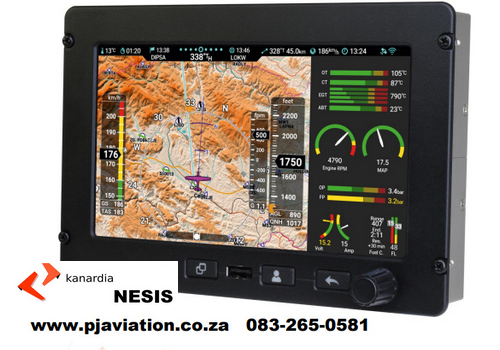













A brief history of the de Havilland Comet
By Willie Bodenstein
Google Banner Ad

Developed and manufactured by de Havilland at its Hatfield Aerodrome in Hertfordshire, United Kingdom, the Comet was the world's first commercial jet airliner. The first prototype first flew in 1949. For the era, it offered a relatively quiet, comfortable passenger cabin and was commercially promising at its debut in 1952.
The earliest production aircraft flew on 9 January 1951 and was subsequently lent to BOAC for development flying by its Comet Unit. On 2 May 1952, as part of BOAC's route-proving trials, G-ALYP took off on the world's first jetliner flight with fare-paying passengers and inaugurated scheduled service from London to Johannesburg.




Although sales never fully recovered, the improved Comet 2 and the prototype Comet 3 culminated in the redesigned Comet 4 series which debuted in 1958 and remained in commercial service until 1981. The Comet was also adapted for a variety of military roles such as VIP, medical and passenger transport, as well as surveillance; the last Comet 4, used as a research platform, made its final flight in 1997. The most extensive modification resulted in a specialised maritime patrol derivative, the Hawker Siddeley Nimrod, which remained in service with the Royal Air Force until 2011, over 60 years after the Comet's first flight.

Ford Tri Motor Flight 2013

Google Banner Ad
 |
 |
 Copyright © 2024 Pilot's Post PTY Ltd
The information, views and opinions by the authors contributing to Pilotís Post are not necessarily those of the editor or other writers at Pilotís Post.
Copyright © 2024 Pilot's Post PTY Ltd
The information, views and opinions by the authors contributing to Pilotís Post are not necessarily those of the editor or other writers at Pilotís Post.